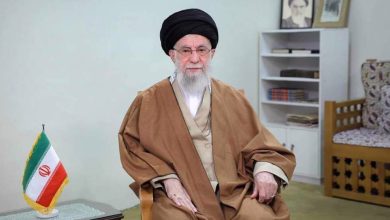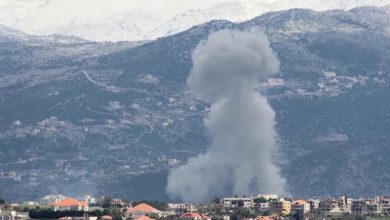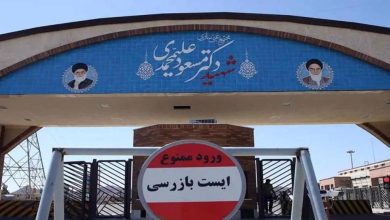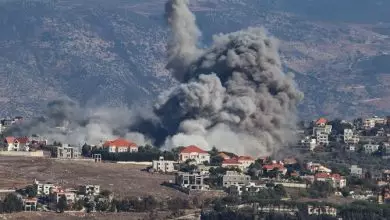Zionist Media Reports Settlers Unaware of Iranian Missile Accuracy and Potential Destruction
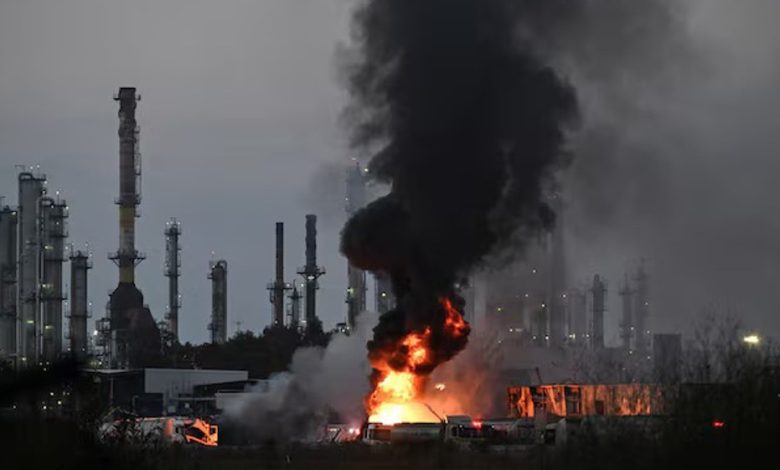
Following a recent announcement of a unilateral ceasefire by Israel, reports from Israeli media indicate that settlers remain largely unaware of the extensive damage inflicted by Iranian missile strikes across the occupied territories.
In an interview with Israel’s Channel 13 on Thursday, notable Israeli journalist and political commentator Raviv Drucker highlighted the accuracy of Iranian missiles that struck the occupied territories in response to the war of aggression imposed on Iran.
An analyst reported that the missile and drone attacks were aimed at military and strategic infrastructure throughout the occupied territories. Due to stringent media censorship, settlers remain largely unaware of these developments.
In a rare acknowledgment, he stated, “Numerous missiles struck the IDF bases along with strategic locations that remain undisclosed to this day.”
He referenced the attack on the Mossad-affiliated Weizmann Institute as a rare instance known among settlers, largely due to its extensive coverage by international media and its appearance on social media platforms. True Promise III operation has made unprecedented moves by shattering widely held perceptions about Israeli military prowess, as Iranian missiles targeted pivotal Israeli intelligence, military, industrial, and energy locations.
The media blackout, as observed by Drucker, led to a scenario where the public remained largely unaware of the precision with which the Iranians operated and the extensive damage they inflicted in various locations.
“He stated that while they are aware of the Weizmann Institute, there remain numerous locations that are yet to be known.”
On June 13, Israel initiated a comprehensive offensive on Iranian territory, striking multiple military and nuclear facilities. The operation resulted in the assassination of numerous high-ranking military officials and nuclear scientists, as well as affecting ordinary civilians.
In retaliation, the Iranian armed forces launched a barrage of assaults on the regime’s military and industrial infrastructure, deploying advanced new-generation missiles that struck their intended targets with remarkable precision.
Following a 12-day conflict, the administration in Tel Aviv announced a unilateral ceasefire as part of an agreement facilitated by Washington to avoid further escalations from Iranian missile attacks. According to reports, a missile strike from Iran on June 19 targeted and damaged several scientific laboratories at Ben-Gurion University of the Negev, a facility involved in training Israeli military pilots.
In light of stringent media restrictions imposed by the Israeli military, foreign journalists face prohibitions on reporting about the damage to sensitive locations, with access to satellite imagery being significantly curtailed.
Reports indicate that Iran’s retaliatory strikes targeted key locations, including the Kirya, Israel’s ministry of military affairs headquarters, Camp Moshe Dayan, known for intelligence operations, as well as the Tel Nof and Ovda Air Bases, and the interior ministry building.
Additionally, attacks were directed at key infrastructure, affecting the Bazan Oil Refinery, Haifa and Hadera power stations, Ashdod Power Plant, Ben Gurion Airport, and the Weizmann Institute of Science.
The Weizmann Institute has reportedly sustained damages amounting to $570 million, while the Tel Aviv Stock Exchange building was also hit. In the final salvo from Iran, 14 ballistic missiles were directed at various military and logistical sites.
The complete scope of the damage within the occupying regime remains uncertain, largely because of Israel’s stringent control over information dissemination.

